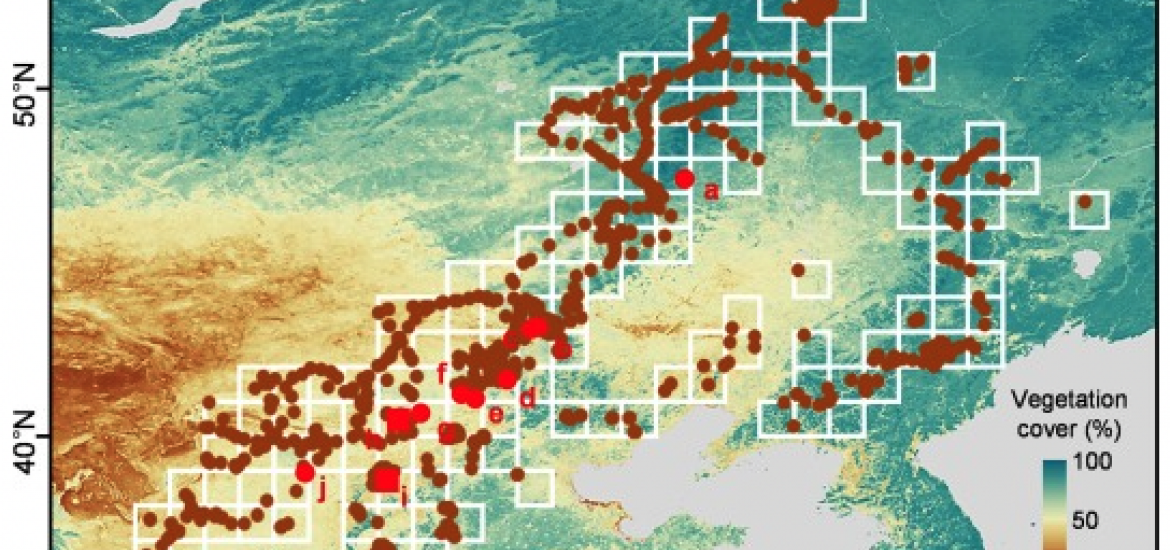- Home
- All News Overview
- Pollen-based Reconstruction of Total Land-cover Change Over The Holocene In The Temperate Steppe Region of China: An Attempt To Quantify The Cover of Vegetation and Bare Ground In The Past Using a Novel Approach

Monday, 25 April, 2022
A new paper has been published by the LandCover6k working group in CATENA with the title "Pollen-based reconstruction of total land-cover change over the Holocene in the temperate steppe region of China: An attempt to quantify the cover of vegetation and bare ground in the past using a novel approach".
The authors state that Sugita’s REVEALS model is the best method to estimate regional plant cover using pollen data from lakes. However, these kinds of reconstructions suggest that the sum of all plants’ cover is 100%. However, as the authors point out, "land cover is not always represented by vegetation alone, the area of bare ground can be significant in many types of biomes, e.g., in alpine or steppe regions."
In this paper, the authors propose a novel strategy to reconstruct the regional land-cover from pollen data. The results suggest that the method provides plausible estimates of vegetation cover for the sub-regions within the study area.
> Access the article
> Find out more about the LandCover6k former working group